Fun to know: Selecting materials in engineering
I've posted about engineering related topics before and I will continue doing that. I'm trying not to go very in-depth in the technical details regarding the subject, but help to understand people principals behind different aspects in engineering.
Today, I'll tell you something about how engineers are selecting materials in product designing. However as we know, it's not always engineers who select materials but it can be special product designers who usually have a very different approact to materials than engineers do. And they are doing everything wrong.
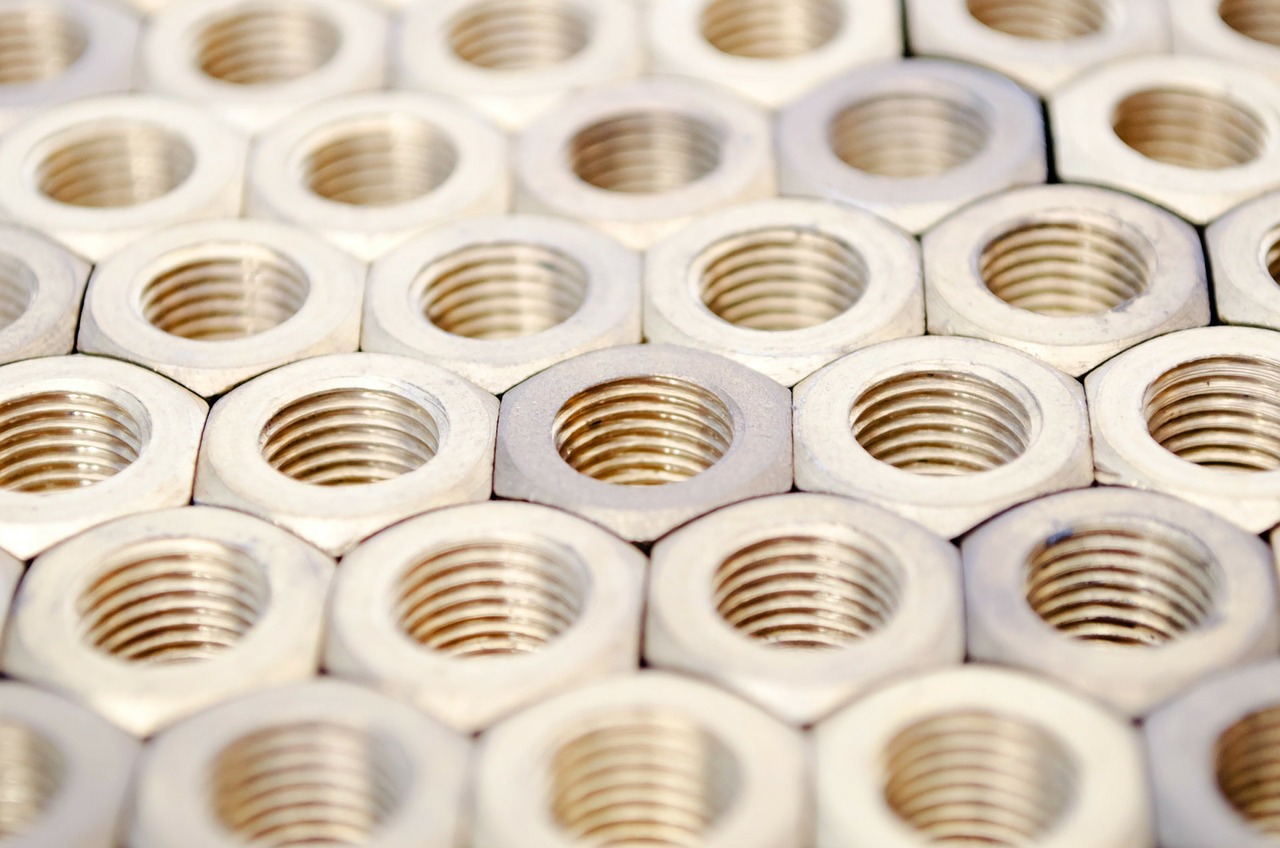
Why can't everything be made of anything?
It would be great if we could use any material in every product. However as we know by common knowledge, there are some extremely specific things which cause materials unsuitable for certain uses.
Now let's try to imagine these:
- Wooden laser cover for a metal cutter
- Soft rubber door
- Golden boxing gloves
- Cast iron windshield
I'm quite sure they wouldn't work perfectly in their intended tasks. Not only are different materials better or worse suited by their mechanical properties, but sometimes they can be completely invalid for the intended task. Like the wooden laser cover, which actually was an idea of a classmate had.
I can tell you, if a laser cutter is able to cut steel, it will burn the wooden cover built around it.
Mechanical properties?
Hardness, fracture toughness, ductility, strength, stiffness, loading and stress & strain.
That's a long list of different mechanical properties. I would like to explain all of them, but I don't want to - and I tell you, it's boring, as it would require much more information to be understood properly.
However I will try to explain a bit through an example:
Compare standard stainless steel and a standard ceramic material. The ceramic material is harder than the steel is, which might be a surprise to some of you - however it has far lower fracture toughness.
- Ceramic material is extremely hard, but when it is hit with a too great force, it breaks into pieces. Shattered.
- Steel, however, is hard in our point of view - not as hard as ceramics are, but tougher. If steel is hit by a too great force, it is dented but will not shatter.
The mechanical properties of materials can somewhat easily be measured and compared, as there are standardized tests for mechanical properties.
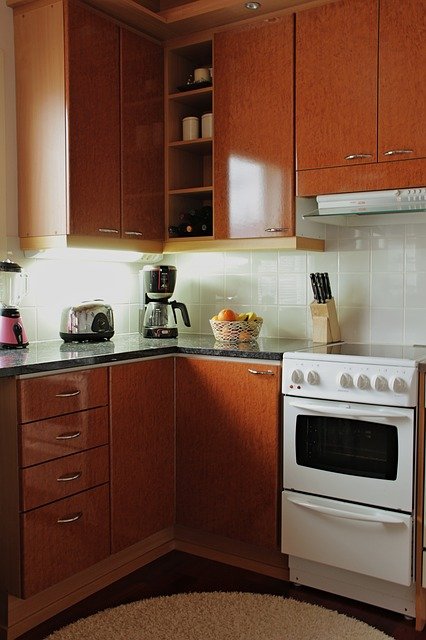
I couldn't find a stove I'm used to from Pixabay, so no cast iron on this one!
What about more interesting properties than ductility, hardness and stiffness?
Not all properties are needed to be taken in consideration when designing something, as the requirements always depend on the intended use. If you are designing something to be used at sea, it should be corrosion resistant. If you are aiming to get a perfect tool to be used in environment filled with electricity, you might want the material not to be electrically conductive.
Have you ever thought of something as basic as a kitchen stove? The frame is most usually ceramic and cast iron is used for the kettles and pans because iron is very heat conductive, while the ceramics usually aren't.
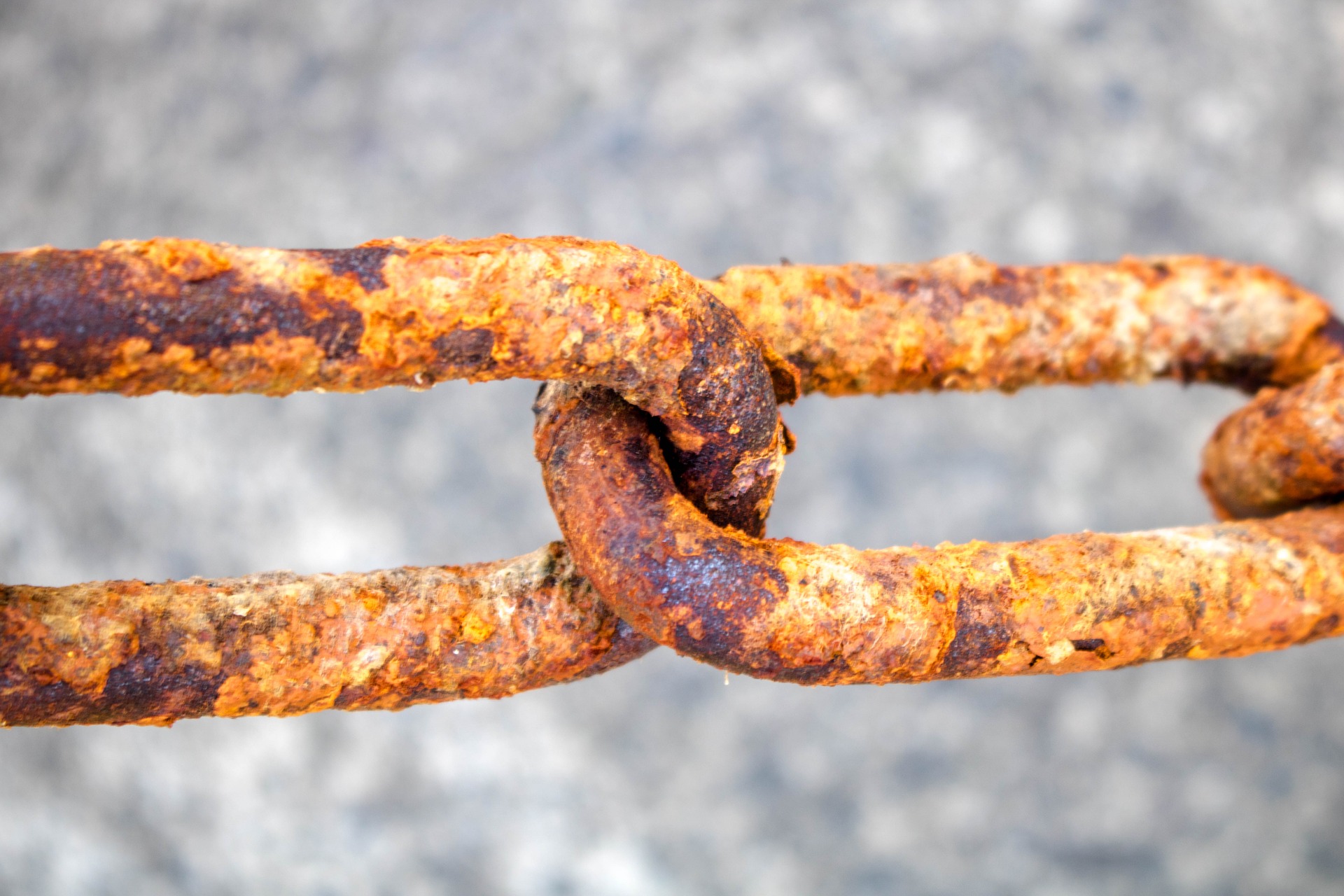
Thinking deeper
One major factor when selecting materials for products is ow the materials can be manufactured. You can't drill holes in ceramics as into metal or wood. You cannot 3d print wood. So far I haven't seen anyone producing cast wooden doors.
The common issue is that it's easier to design something to truly think if it can be manufactured. We can design as fancy things as we like, but if nobody can make it, it is a bad design!
Manufacturing methods could be a thing of their own, but there are serious restrictions on what is possible and what is not. For example, quite many big cast iron parts contain extra "holes" in them as the manufacturing would have been impossible without these holes.
Then holes are created and plugged with huge steel plugs. It might sound crazy to create a hole which is supposed only to be plugged, but it is life.
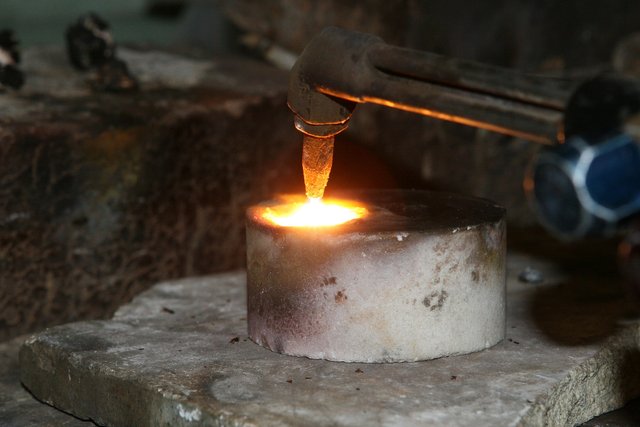
The secret
What we rarely admit, but after all we rarely choose the best possible material for the product. We choose the one with cheap enough price.
We can plan something really good, but if it costs too much.. we'll get a grade B version of it, which might not work as intended.
Yay!
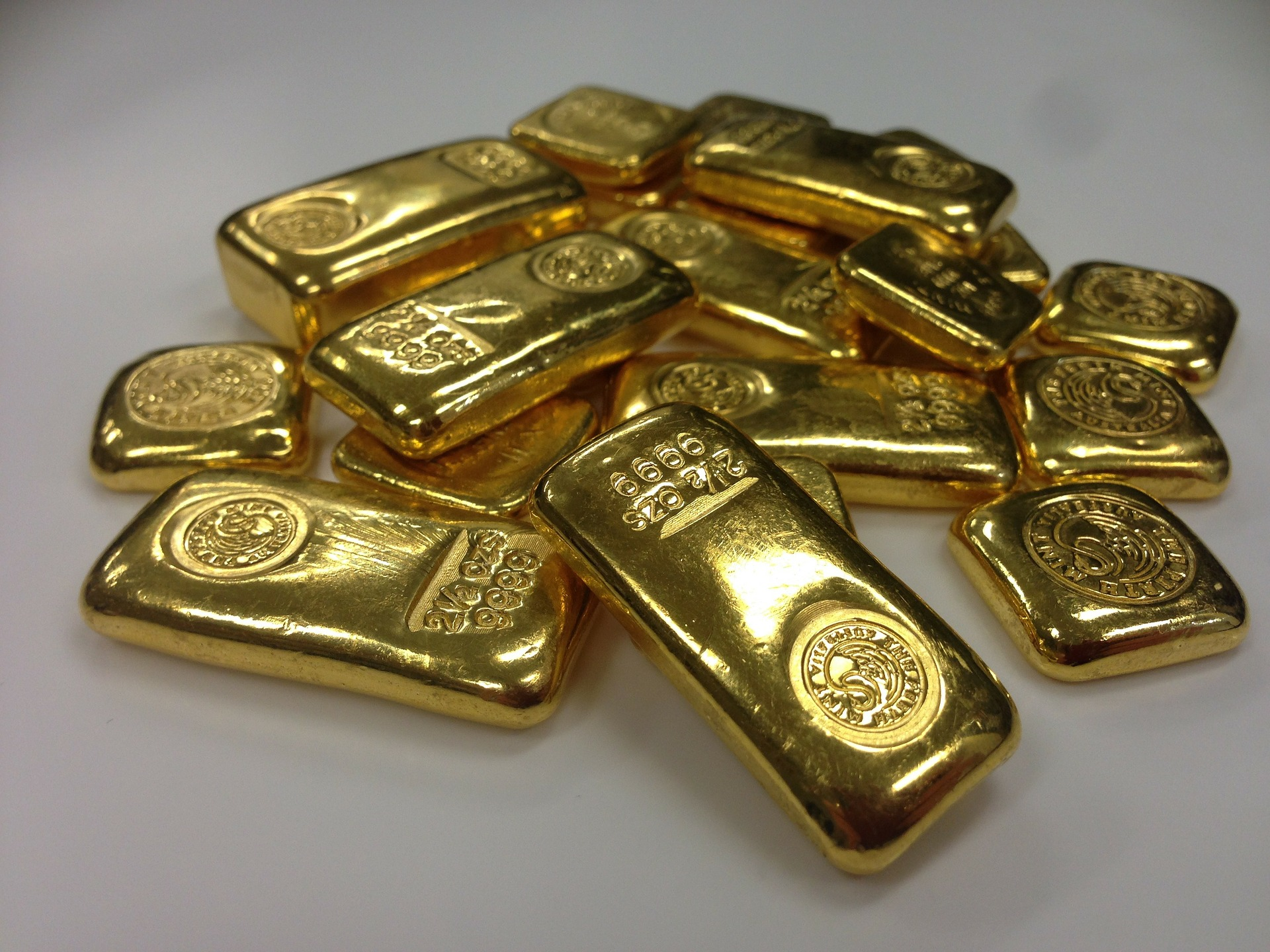
All images from Pixabay!
Finally... an engineer that makes it fun for us!
And everybody else are already making fun of engineers ;)
I think this works well enough!
These examples are hilarious!
I like the way you simplified this topic. Many people really appreciate the knowledge you shared.
Perfect examples are the exaggerated ones, as people remember those the best.
Thank you. We see all these things in everyday life but we rarely think any deeper in the subject.
(Unless you have children, as they keep on asking questions like "Why can't I be made of steel" or "Why is trees made of wood?")
good
Yes, really appreciable efforts!!
me your follow and you
img credz: pixabay.com
Nice, you got a 98.0% @minnowbooster upgoat, thanks to @apsu
Want a boost? Minnowbooster's got your back!
The @OriginalWorks bot has determined this post by @apsu to be original material and upvoted(1.5%) it!
To call @OriginalWorks, simply reply to any post with @originalworks or !originalworks in your message!
Very good informative post for me because im a chemical engineering student in which i m studying material science . Thanku for the info @apsu
That's nice to hear, I do hope you keep on studying hard as without all the knowledge, being an engineer is no use :)
We are what we know and what we learn.
This is a great post. As an aspiring engineer , it is indeed important to be knowledgeable on this matter.
Happy to see this post :D Interesting and well presented .
Steem On! And continue to do great post @apsu.
This was a very interesting read! I really liked the example of the rubber door. It's common sensical why some materials are used to engineer... but common sense isn't so common these days! This post made me stop to think about what I don't question. Thanks for getting me thinking!
Thanks, most material choices seem completely like common sense to us, but there is usually a long process behind them.
If we compare all the products nowadays to items in the past, we could see quite many differences, especially in the amount of plastic we use. You can see the change well in cars, especially. We have quite many "plastic cars" nowadays even though it would have seemed like madness some decades ago.
Yes, that's true! They don't make 'em like they used to... for better and worse! I agree with you also about the process. Maybe your classmate was thinking the smell of wood burning would be an additional safety measure! hahah
I really liked what you said in the comments here about children and the questions they ask. Sometimes, I believe we take for granted the "knowns" and often forget to ask imaginative questions about seemingly mundane things! In those respects I admire the children. I was always a WHY kid! Many times not getting the answer as a child led to the exploration of information.
I've even heard some of the "premium" brands nowadays were born as cheap material solutions back in the day - when the expensive solutions died out from the market, the original cheap solution was a premium brand compared to the new, current cheap brands.
Like with Fiskars scissors, which have plastic handle, instead of the iron handles.
Thanks :) I appreciate you reading through comments! We should take the ideas we get from children, if not to get new ideas but think through the things we know. As what is common sense for us, is not usually common sense for children, and we might have to learn something new if we want to be able to answer to the child properly.
Studying and learning new is always beneficial.
It's interesting how the world changes.
I have a background in drafting and design, and it is amazing how little though people give to materials and manufacturing processes.My CAD classes were in parallel to manufacturing process classes to make sure we knew how things were made before we drew them in order to allow for things like draft in a mold or sheet metal bend allowances.
Certain products are best produced by certain means, and certain means work best with certain materials. Production volume affects tooling cost calculations for different methods. Cost of materials sometimes requires consideration of alternatives.
In architecture, a dramatic design can be difficult or downright impossible to properly support. Material costs, foundation requirements, insulation needs, heat gain, and other factors need to be considered in a blueprint, not to mention site considerations.
Design and manufacturing are complex processes in an ever-changing field with new technology and fluctuating prices always adding new complications. This is one of the reasons I take issue with the Zeitgeist and Venus Project proponents who want to hand-wave everything with the magic of computers.
I've met cases in which people imagine there are always easy methods of producing whatever we like. Maybe the easy 3d printing has made people think everything is possible. Even though even in 3d printing, there are quite common restrictions based on what kind of equipment you are using.
That would actually be a really good idea to have parallel manufacturing process classes, as they are always bound together in practice. It won't help if you study them both separately, as if you don't understand the connection, you will screw up designing.
I'm happy that the materials and manufacturing processes are evolving all the time, as you said, but as new technologies are slowly adapted we might meet situations when the technology already exists but as it is limited, we can't access it. I've known cases in business where a company just made slight improvements in their manufacturing processes compared to their competitors - and soon they were fully booked for over a year and couldn't take in more orders, as their new methods allowed them to get the required results easier.
What kind of designing and drafting you have been done, as you brought up architecture? :)
These are also properties of metals
I love this!
And it must also be able to resist water if it's a device or gadget.
This is a very nice and educative post. Thank you, it was nice reading this post.
I believe this post is original.
@originalworks
Well that's the point, of course you don't need to make everything water resistant, like materials used in computers, but if you're making a computer to be used on a boat.. then you'll need to use completely different materials.
Even some basic things could need to be redone to ensure the perfect suitability for the changing requirements.
Great post! I studied Mech. Eng for 3 years and have been a HVAC/R Tech for well over a decade and I'm still amazed at the poor choice of materials used in a lot of residential and even commercial products these days. My belief is that the absolute cheapest price to get products out the door or simply planned obsolescence (probably both) is definitely the biggest factor in the manufacturing/design decisions. What's the point of building something to last 30 years if it costs twice as much and as a result nobody buys it? Build it to last 5 maybe 10 years and charge less, but sell more of them. O well.
As some say, no need to use better material than the one customer wants
We humans are dumb when buying stuff, as we choose cheaper solutions and sometimes end up paying more when replacing the cheap alternatives.
But I do that myself too. I can think of something good enough so I do not need to spend 30% more for a better material.
However I am delighted some companies think carefully through even what plastics they are using for the best results instead of choosing cheapest one.
Very good information put in a simple way, i feel sorry for the engineers that have to deal with crazy design people and their insane ideas.
Thanks, I enjoy the sympathy, even though I doubted if I want to reply to you as I do not want to play a game :)